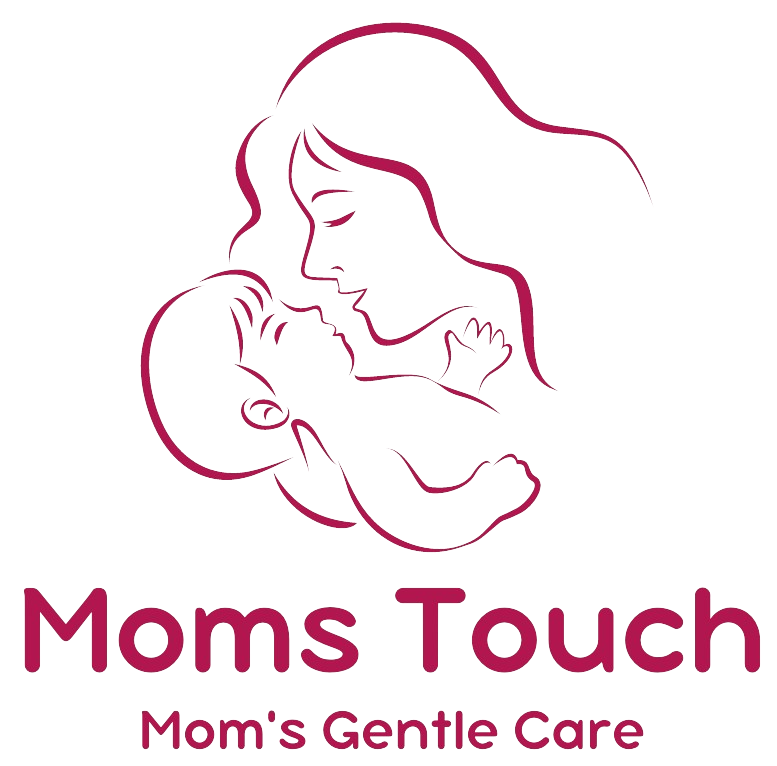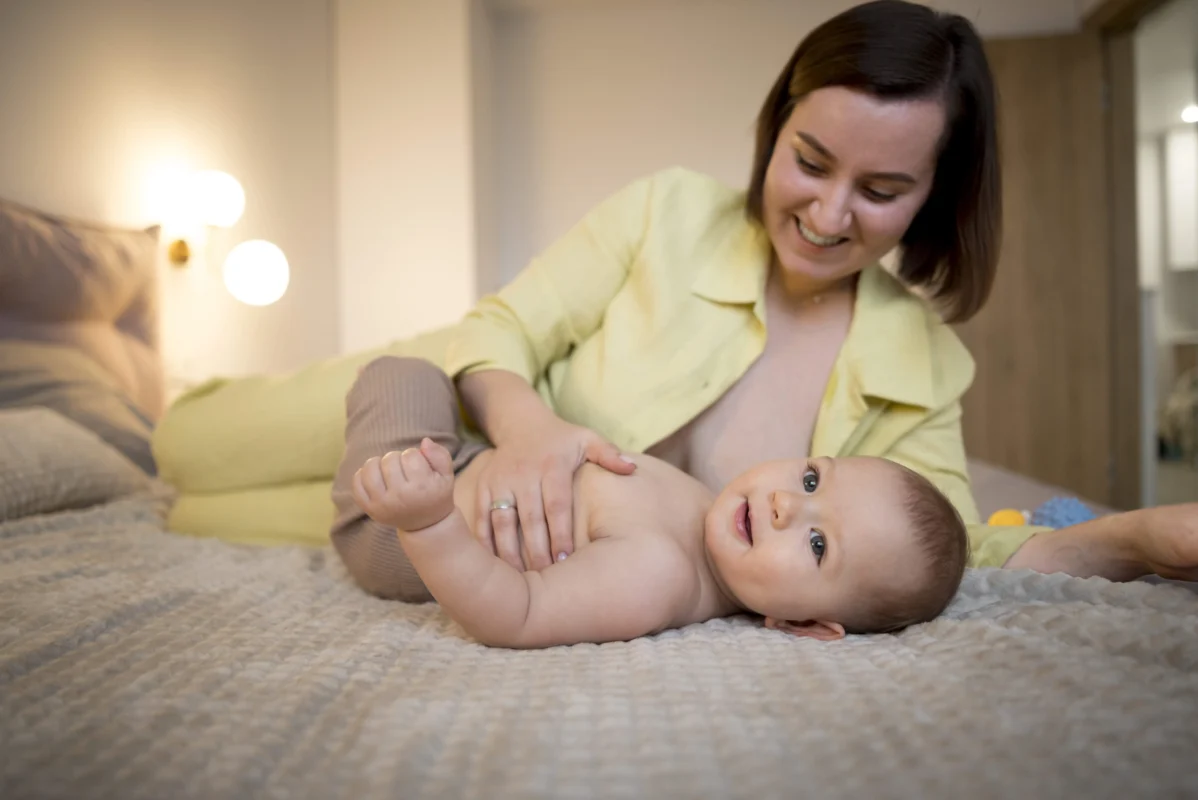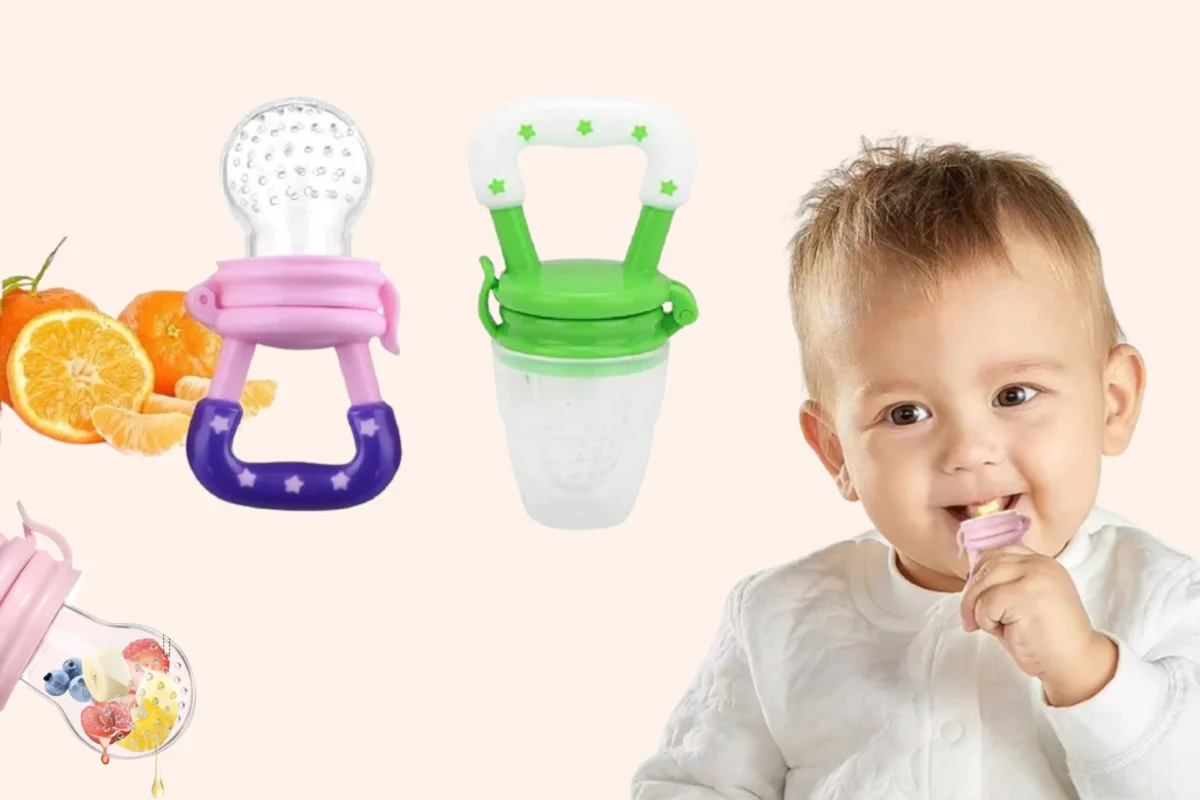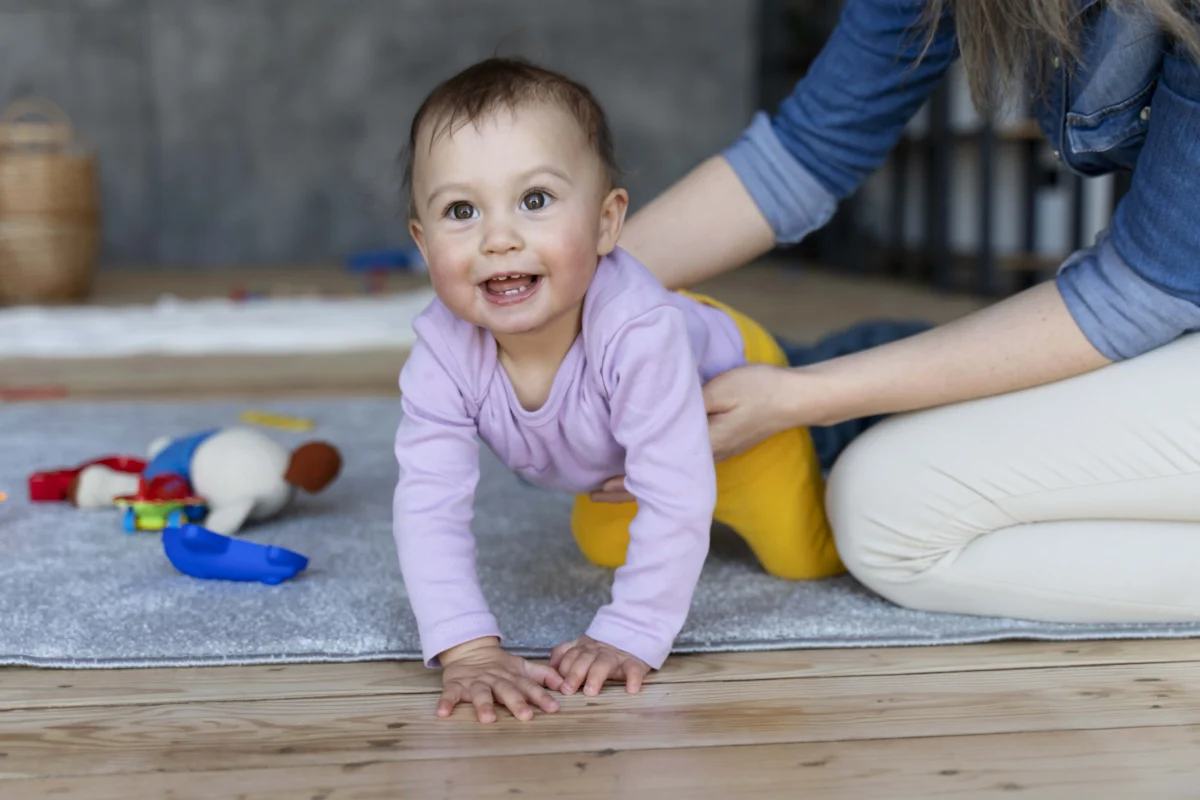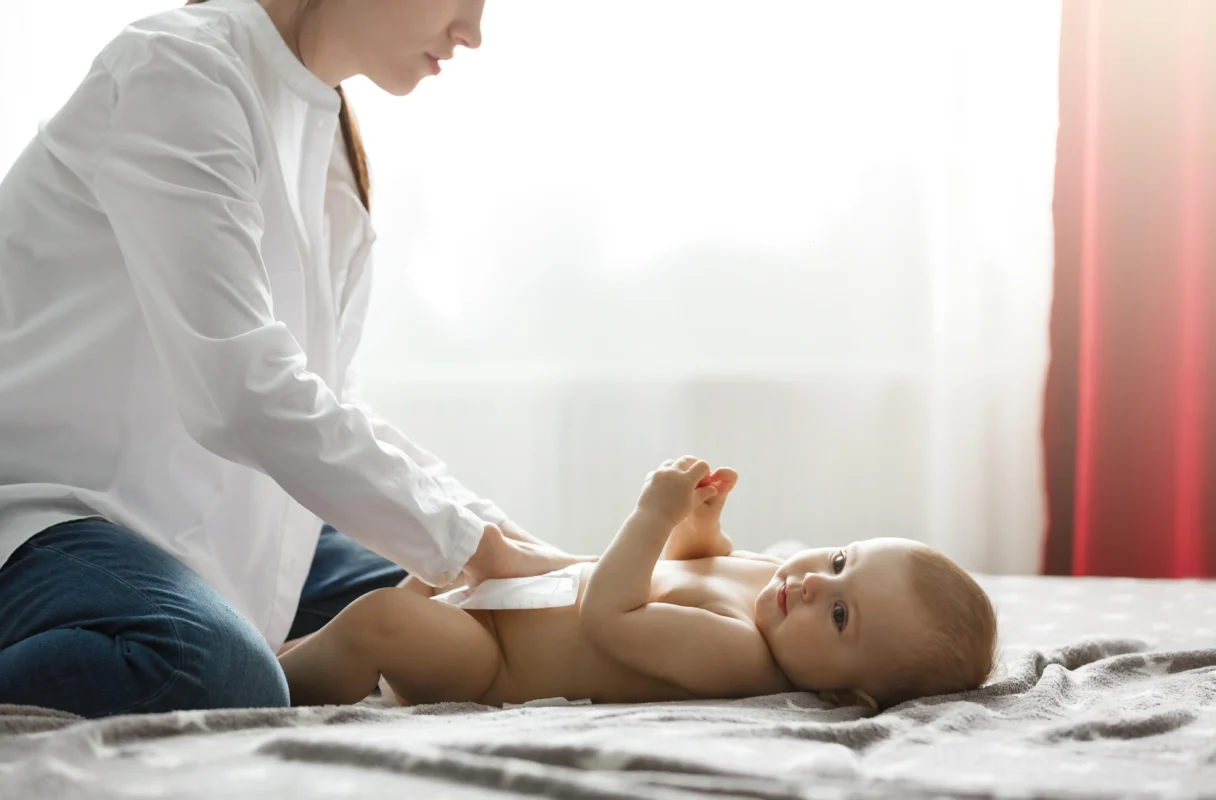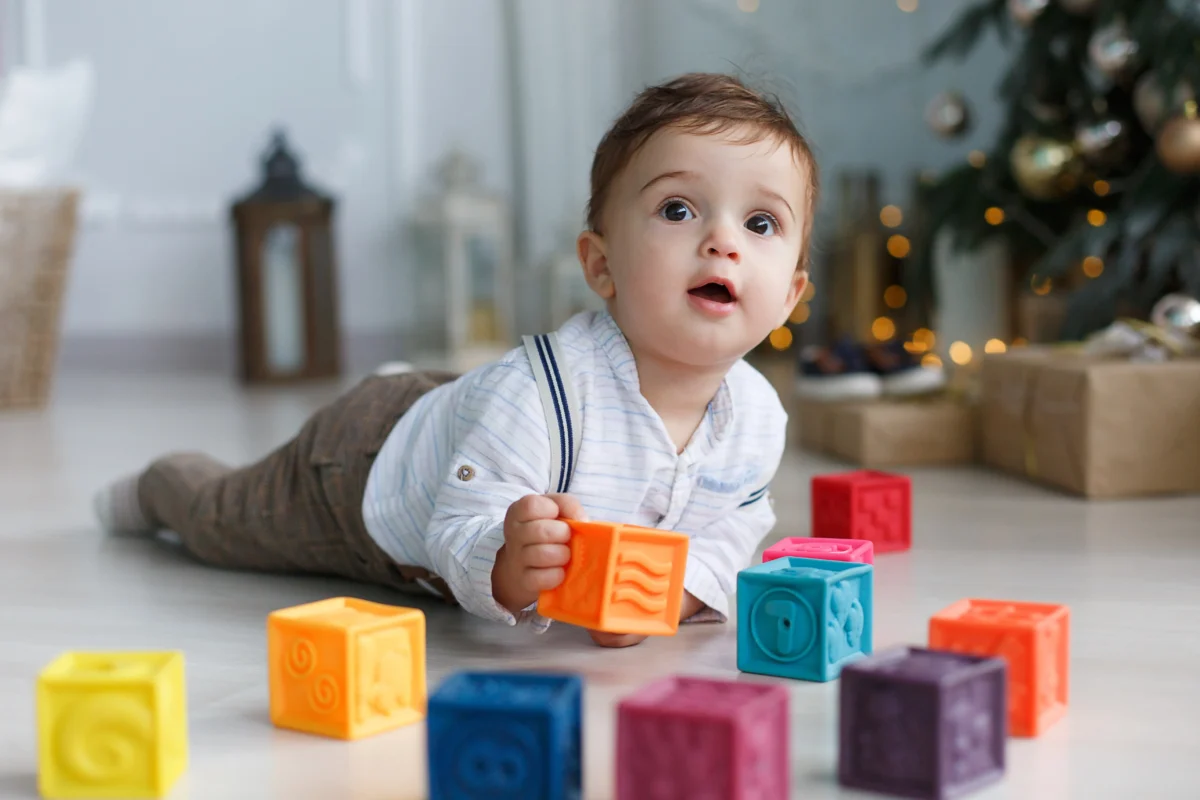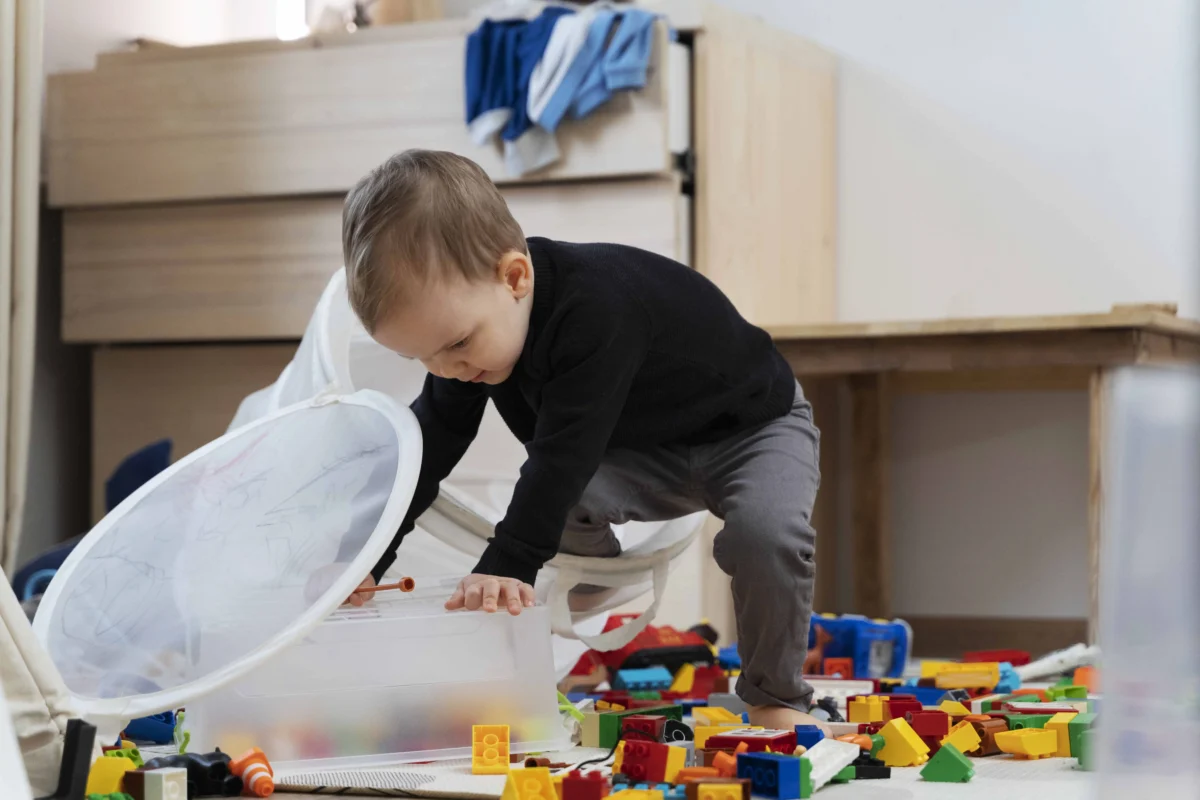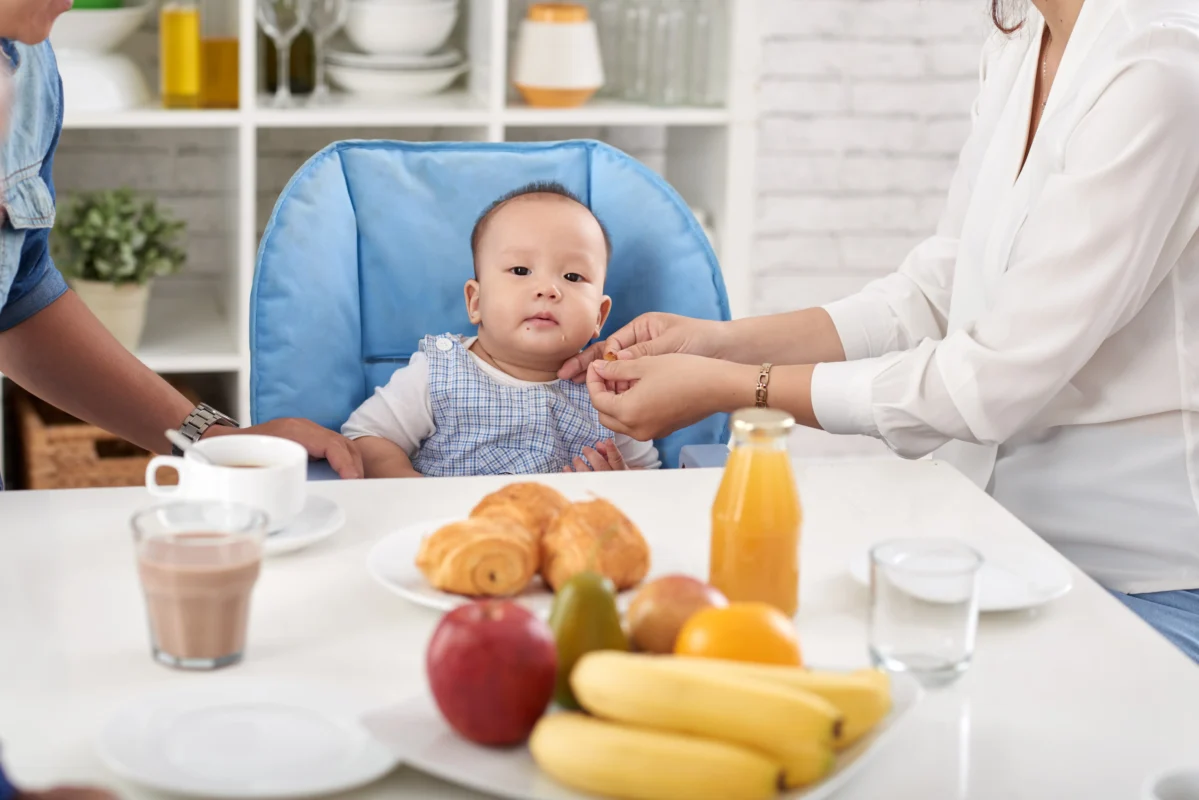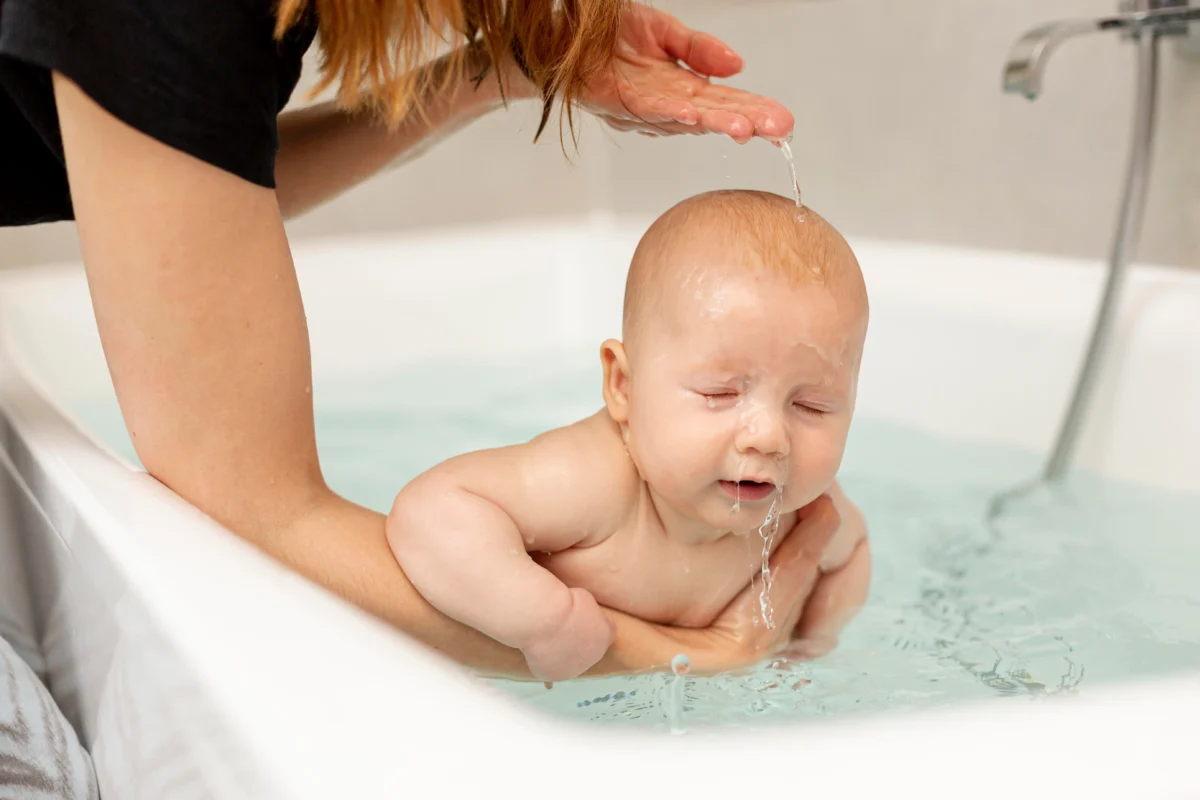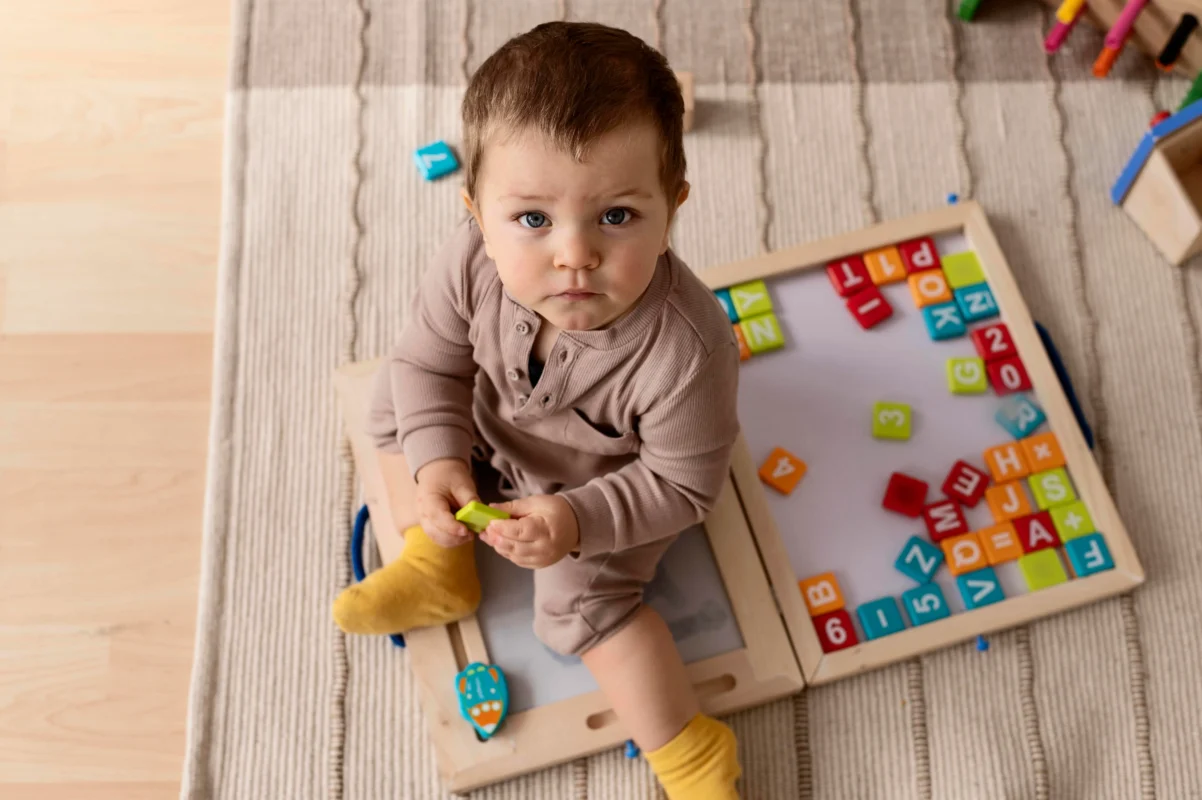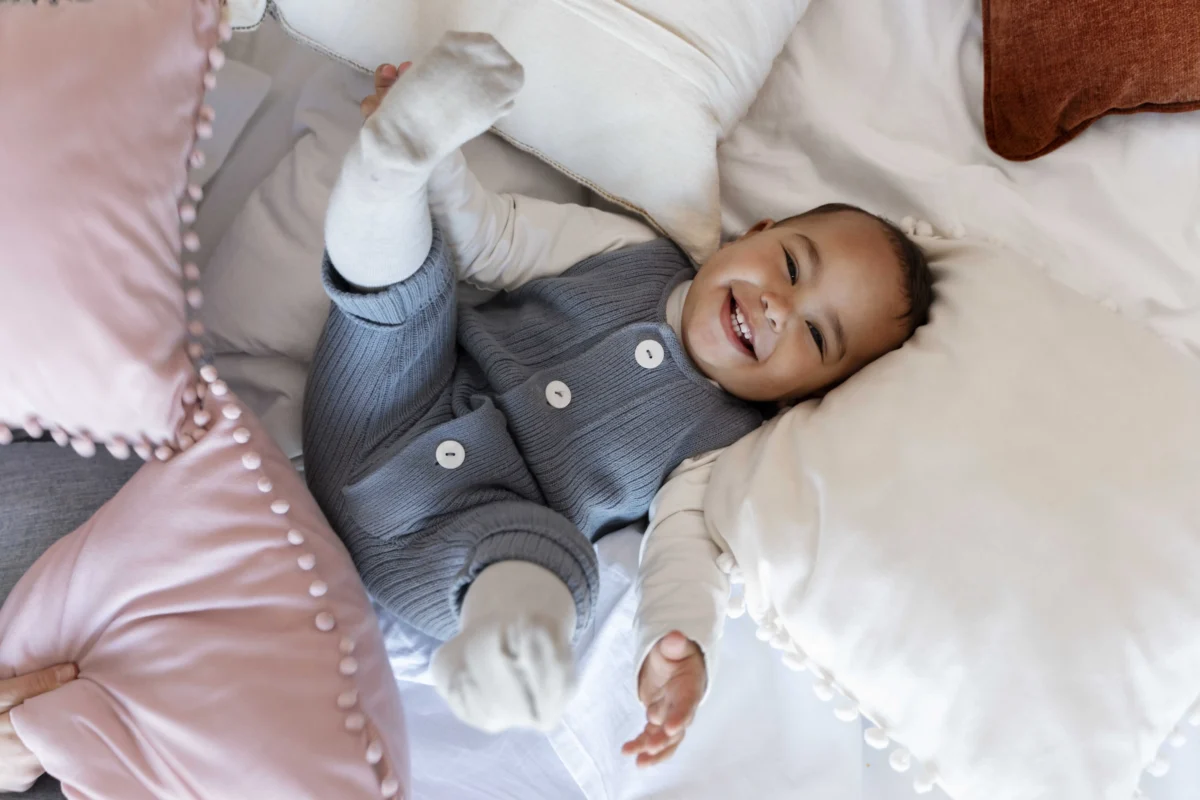Choosing the right baby milk bottle for your little one can be overwhelming, especially with the numerous options available in the market. As a parent, you want to ensure that your baby’s feeding experience is safe, comfortable, and efficient. Here are some essential tips to help you make the right choice:
Material Matters
The material used to make the baby milk bottle is crucial for several reasons:
- Plastic Bottles: Plastic bottles are lightweight and durable, making them a practical choice for on-the-go parents. However, they can wear out faster and develop scratches, which can potentially harbor bacteria. Look for BPA-free plastic bottles to ensure your baby’s safety.
- BPA-Free: BPA (Bisphenol A) is a chemical used in some plastics that has been linked to health concerns. Opt for BPA-free plastic bottles to minimize the risk of exposure.
- Scratches and Bacteria: Scratches on plastic bottles can create crevices where bacteria can grow. Regular cleaning and sterilization can help prevent this, but it’s essential to choose a bottle that is less prone to scratches.
- Glass Bottles: Glass bottles are free from chemicals found in some plastics, making them a safer option. They are also easier to clean and maintain their clarity over time. However, glass bottles are heavier and can break if dropped, so handle them with care.
- Glass Safety: Glass bottles can break if dropped, which can be a safety concern. Choose a bottle with a secure lid and handle to minimize the risk of accidents.
Nipple Type
The nipple type is critical for a comfortable and efficient feeding experience:
- Slow-Flow Nipples: Newborns typically require slow-flow nipples to prevent overwhelming them with milk. Look for nipples with a slow flow rate for newborns.
- Fast-Flow Nipples: Older babies can handle faster flow rates, which can help them drink more efficiently. Experiment with different flow rates to find what works best for your baby.
- Nipple Shape: The shape of the nipple can affect the feeding experience. Some nipples are designed to mimic the breast, while others have a more rounded or angled shape. Choose a nipple that your baby finds comfortable and easy to latch onto.
Anti-Colic Features
Anti-colic features can help prevent gas and colic, making feeding more comfortable for your baby:
- Vented Bottles: Vented bottles have a venting system inside that allows air to escape while your baby drinks. This can help reduce gas and colic.
- Anti-Colic Nipples: Some nipples are designed with anti-colic features, such as a unique shape or texture that helps reduce air intake.
- Colic-Reducing Bottles: Some bottles are specifically designed to reduce colic by minimizing air intake. These bottles often have a unique design or feature that helps prevent gas buildup.
Easy to Clean
Cleaning and sterilizing baby milk bottles is crucial for hygiene and safety:
- Easy Disassembly: Choose bottles that are easy to disassemble for cleaning. This can help you reach all parts of the bottle and ensure it’s thoroughly clean.
- Wide Neck: Bottles with wide necks are generally easier to clean and sterilize. This is because they allow for better access to the inside of the bottle.
- Fewer Parts: Bottles with fewer parts are easier to clean and maintain. Look for bottles with simple designs that minimize the number of parts.
Size and Capacity
The size and capacity of the baby milk bottle depend on your baby’s age and feeding needs:
- Newborns: Newborns typically require smaller bottles (around 4-6 ounces) due to their smaller stomach capacity.
- Older Babies: Older babies can handle larger bottles (around 8-12 ounces) as their stomach capacity increases.
- Multiple Sizes: Having multiple sizes on hand can be helpful as your baby grows and their feeding needs change.
Compatibility with Breast Feeding
If you plan to breastfeed and use bottles interchangeably, look for bottles that are designed to mimic the breast:
- Breast-Mimicking Nipples: Some nipples are designed to mimic the shape and texture of the breast, making it easier for your baby to transition between breast and bottle.
- Breast-Feeding Friendly: Some bottles are specifically designed for breast-feeding parents, with features that help facilitate the transition between breast and bottle.
Brand Reputation
Choosing a reputable brand for your baby’s feeding bottles can offer peace of mind:
- Established Brands: Well-established brands often adhere to strict safety and quality standards.
- Reviews and Recommendations: Read reviews and seek recommendations from other parents to find a trusted brand.
Price vs. Quality
While budget considerations are essential, remember that quality is paramount when it comes to your baby’s health and comfort:
- High-Quality Bottles: High-quality bottles may cost more, but they often meet stricter safety and quality standards.
- Budget-Friendly Options: Budget-friendly options may be available, but be sure to prioritize quality and safety.
Additional Tips
- Disposable Bottles: Disposable bottles have a plastic sleeve inside that you throw away after each use. They save on cleanup but add an extra cost.
- Wide Bottles: Wide bottles have a wide mouth and are short and squat. They are said to be more like a mother’s breast, so they may be a good option for babies who go back and forth between breast and bottle.
- Vented Bottles: Vented bottles have a venting system inside to prevent air bubbles. They are said to help prevent colic and gas, but this is unproven.
Conclusion
Choosing the right baby milk bottle requires careful consideration of several factors. By considering the material, nipple type, anti-colic features, ease of cleaning, size and capacity, compatibility with breast feeding, brand reputation, and price vs. quality, you can ensure that your baby has a safe and comfortable feeding experience. Remember to also consider additional tips such as disposable and wide bottles to make the best choice for your little one.
